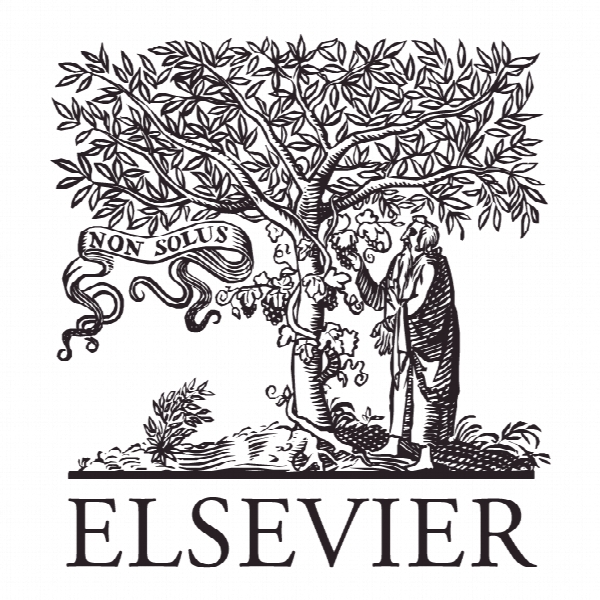عوامل موثر بر رفتار خرید لباس ورزشی: تجزیه و تحلیل تطبیقی لباس ورزشی لوکس Factors affecting sportswear buying behavior: A comparative analysis of luxury sportswear
- نوع فایل : کتاب
- زبان : انگلیسی
- ناشر : Elsevier
- چاپ و سال / کشور: 2017
توضیحات
رشته های مرتبط مدیریت
گرایش های مرتبط بازاریابی، مدیریت کسب و کار MBA
مجله تحقیقات بازاریابی – Journal of Business Research
دانشگاه ملی سئول، موسسه علوم ورزشی، جمهوری کره
نشریه نشریه الزویر
گرایش های مرتبط بازاریابی، مدیریت کسب و کار MBA
مجله تحقیقات بازاریابی – Journal of Business Research
دانشگاه ملی سئول، موسسه علوم ورزشی، جمهوری کره
نشریه نشریه الزویر
Description
1. Introduction The economic importance of the sport industry in general, and of the sporting goods industry in particular (Andreff & Andreff, 2009) has rapidly grown in recent years. Augmented levels of sport consumption, and increased expenditures on sportswear in particular, have stimulated this growth. Micro level analysis of sport consumption reveals that sportswear is acquired by many types of consumers and for various reasons. For example, people may consider buying sportswear to simply play sports, improve performance, or identify with a team; others may consider sportswear for non-sports purposes, such as for simple expression of a sporty image outside the sports field (Wu & Chalip, 2013). Luxury goods are one of the fastest-growing industries. Among other reasons, consumers’ purchasing power in Western countries has never been so high, while the growing middle class has higher disposable incomes to consume hedonic and status products (Truong, Simmons, McColl, & Kitchen, 2008). Furthermore, consumers are getting more sophisticated in their tastes, more educated, more culturally curious, and they have nurtured a desire for product personalization (Kim & Ko, 2010; Silverstein & Fiske, 2005), placing greater value on status possessions (Eastman, Fredenberger, Campbell, & Calver, 1997). More and more consumers are now therefore willing and able to pay a price premium for higher quality, higher status products such as luxury goods (Savelli, 2011; Truong et al., 2008, p. 191). Among other luxury goods, luxury fashion has a significant market value, estimated to be $240 billion (Tungate, 2012). According to the Bain and Company’s report on the global luxury goods market, luxury apparel is the second-largest and the second-fastest-growing category in the luxury goods market, accounting for 28% of total online luxury goods sales in 2014 (D’Arpizio, Levato, Zito, & Montgolfier, 2014). The sportswear market and the luxury fashion market are intersecting. The entry of sportswear into the luxury fashion market is occurring by co-branding with a well-known designer to introduce a luxury line of the sportswear brand. This intersection the extension of luxury fashion brands into the sportswear market by launching a sports line of their luxury brand. Thus, from two opposite directions, a new market for “luxury sportswear” has emerged in recent years. Despite such increasing attention from the industry, research on luxury sportswear has been limited in academia. This study aims to fill this gap by investigating the factors affecting consumers’ buying behavior for sportswear. In addition, this study examines patterns in which those antecedent factors affect consumers’ buying behavior across luxury vs. regular sportswear brands, and further compares two luxury sportswear brands, based on co-branding and brand extension strategies.


